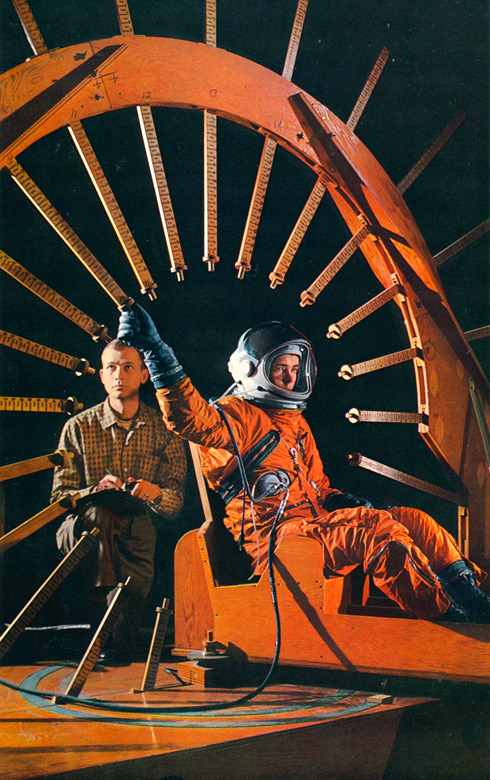I’ve already posted about Johann-Dietrich Woerner, the new General Director of the European Space Agency, who wants to colonize the moon and use that perch to further explore space. Of all the settlement schemes floating around the stratosphere right now, this one seems to me to be the best and most pragmatic. If we’re going to build colonies in space, the moon should probably be first. More from Richard Hollingham at the BBC:
There are good reasons, he says, for going back to the Moon for science as well as using it a stepping-stone to further human exploration of the Solar System.
“The far side of the Moon is very interesting because we could have telescopes looking deep into the Universe, we could do lunar science on the Moon and the international aspect is very special,” he explains. “The Americans are looking to go to Mars very soon – and I don’t see how we can do that – before going to Mars we should test what we could do on Mars on the Moon.”
For example, Woerner suggests, the technology being investigated by Nasa to construct a Mars base using a giant 3D printer would be better tried out on the Moon first. Learning to live on an alien world is going to be tough – but the challenge would be a lot easier, particularly in an emergency, if the extraterrestrial community is only four days away from Earth rather than six months.
Woerner envisages his Moon village as a multinational settlement involving astronauts, Russian cosmonauts and maybe even Chinese taikonauts.•


